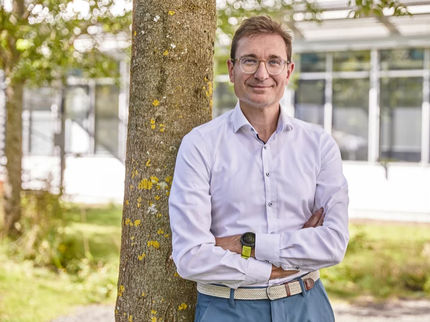Bio solar cell produces hydrogen
Modular character allows multiple applications
Advertisement
An international team of researchers has combined molecular building blocks from plants and microorganisms in a bio solar cell so that they could use light energy to directly produce hydrogen. This combination does not occur like this in nature: although plants can use light energy to convert carbon dioxide into biomass, they cannot produce hydrogen. Some bacteria, however, can produce hydrogen, but not directly using light energy.
“We hope that the combination of these two processes will lead to the sustainable production of hydrogen, a potential energy carrier,” says Associate Professor Dr. Marc Nowaczyk from the Department of Plant Biochemistry at Ruhr-Universität Bochum.
The results are described by a team led by Dr. Erwin Reisner from the University of Cambridge, together with Marc Nowaczyk and Dr. Adrian Ruff from the Bochum-based Center for Electrochemical Sciences.
Building blocks from bacteria
The researchers isolated the highly efficient components for light conversion, called photosystems, from cyanobacteria, which, like plants, can use light as an energy source. They extracted the hydrogen production component – an enzyme called hydrogenase – from bacteria that live in oxygen-poor conditions. They combined these building blocks with redox polymers, which transferred the energy from the light-active elements to an electrode that powered hydrogen production.
“For the first time, we were thus able to develop a bio solar cell that directly generates a chemical energy carrier, in our case hydrogen,” summarises Adrian Ruff.
Components easily replaceable
The modular design of the system makes it easy to replace biological and chemical components so that individual components can be further optimised or replaced by new functions. “Our molecular Lego box offers many possibilities for future applications,” says Marc Nowaczyk. “It would be conceivable, for example, to produce liquid energy carriers based on carbon from climate-damaging carbon dioxide.”


















































